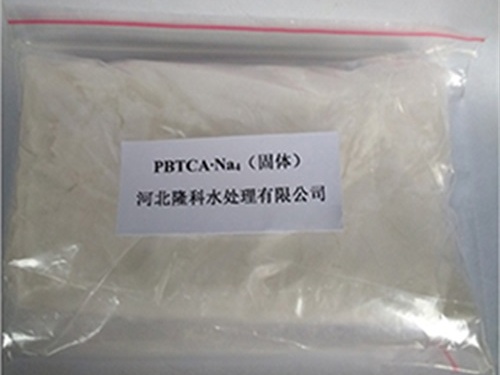poly aluminum chloride
Understanding Poly Aluminum Chloride An Overview
Poly Aluminum Chloride (PAC) is a widely used chemical compound primarily known for its effectiveness in water treatment applications. This coagulant has gained significant popularity due to its ability to remove impurities, clarify water, and enhance the overall quality of drinking and wastewater.
At its core, PAC is an aluminum-based coagulant that is formed by the polymerization of aluminum chloride, leading to an inorganic polymer that possesses a variety of properties beneficial for water purification processes. Its unique structure allows PAC to interact effectively with suspended particles, making it a powerful agent in the coagulation process.
One of the key advantages of using PAC over traditional coagulants, like alum (aluminum sulfate), is its superior performance at a lower dosage. This means that less PAC is required to achieve the same level of water clarity, resulting in reduced sludge production and lower overall operational costs for water treatment facilities. Additionally, PAC operates effectively across a broader pH range and is less sensitive to variations in temperature and turbidity levels, making it versatile for various applications.
The mechanism behind PAC’s effectiveness lies in its ability to form large flocs, or aggregates, that can efficiently capture and remove suspended particles from water. When PAC is introduced into water, it destabilizes and neutralizes the charges on the suspended matter, allowing these particles to clump together into larger flocs. This process enhances the removal of not only common impurities such as dirt, organic matter, and algae but also other contaminants including heavy metals and pathogens.
poly aluminum chloride

Beyond its use in water treatment, PAC has found applications in diverse industries. It is utilized in the treatment of industrial wastewater, paper manufacturing, and even in the food industry as a clarifying agent. Its role in the textile industry for dyeing and finishing processes is also noteworthy. Furthermore, PAC’s effectiveness in removing color and turbidity from water makes it a popular choice for aesthetic improvements in swimming pools and recreational bodies of water.
Environmental considerations are increasingly influencing the adoption of PAC. With growing concerns about the environmental impact of traditional coagulants and the associated sludge disposal, PAC offers a more environmentally friendly alternative. Its lower sludge production means less waste that needs to be managed, thus reducing the environmental footprint of water treatment processes.
Moreover, PAC is recognized for its low toxicity and biodegradability. This characteristic is particularly important in applications involving drinking water treatment, where safety and compliance with health regulations are paramount. The use of PAC helps to ensure that treated water meets stringent quality standards and is safe for public consumption.
In conclusion, Poly Aluminum Chloride stands out as a vital chemical in the realm of water treatment and beyond. Its ability to enhance water quality through efficient coagulation, coupled with its lower environmental impact and versatility, underscores its importance across various industries. As water treatment technologies evolve and the need for sustainable practices intensifies, PAC is poised to remain a key player in ensuring clean and safe water for all. Whether in municipal water treatment plants or industrial applications, the continued use and research into PAC will likely unveil even more benefits and capabilities, cementing its role in modern water management solutions.
-
lk-319-special-scale-and-corrosion-inhibitor-for-steel-plants-advanced-solutions-for-industrial-water-systemsNewsAug.22,2025
-
flocculant-water-treatment-essential-chemical-solutions-for-purification-processesNewsAug.22,2025
-
isothiazolinones-versatile-microbial-control-agents-for-industrial-and-consumer-applicationsNewsAug.22,2025
-
scale-inhibitor-key-solutions-for-water-system-scale-preventionNewsAug.22,2025
-
organophosphonates-versatile-scale-inhibitors-for-industrial-water-systemsNewsAug.22,2025
-
scale-and-corrosion-inhibitor-essential-chemical-solutions-for-water-system-maintenanceNewsAug.22,2025





